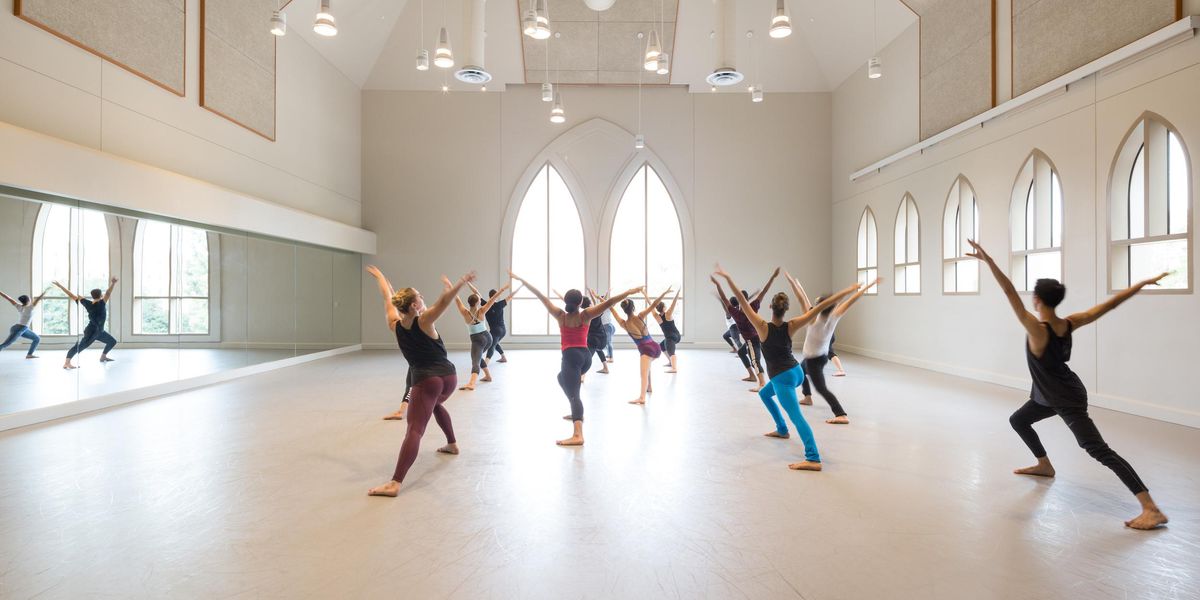Critiquing the Critics
Critical dance reviews hold a lot of power. They shape the way we perceive pieces we haven’t seen, and challenge us to rethink pieces that we have seen. They can define the status of companies and choreographers, and help us make decisions about what performances are worth our time and money.
Dance reviews published in
The New York Times hold particularly heavy weight. And yet, until this week, the newspaper’s dance critics had never publicly spoken together about their work. I attended Team Dance: The Dance Critics of The New York Times at Barnard College on Monday, where I learned about the process of writing the reviews that are so integral to the way we experience dance.
One of the most enlightening parts of the
evening—panelists included Alastair Macaulay, Gia Kourlas, Brian Seibert and Siobhan Burke
—
was putting faces and personalities to the names I read almost every day atop reviews. Macaulay discussed how dance critics are strangely invisible members of the dance world for ethical reasons
—
they cannot be friendly with dancers or choreographers
,
or they’ll be accused of bias. Macaulay noted that in his eight years of writing for
The Times he has only exchanged one or two words with American Ballet Theatre artistic director Kevin McKenzie.
Some of the issues that “Team Dance” brought up truly put the process of reviewing into perspective for
dancers and choreographers
. Ever not received a review and wondered why? Choosing who gets reviewed is becoming more difficult as financial constraints
force
reviews to be fewer and shorter. The critics did hint that it
also
really depends on the time of year.
I
f dance
performances are
having a slow week, they are likely to review someone who they would never
otherwise.
Do successful dance critics need to be dancers themselves? The variety of backgrounds of these four suggests not.
Kourlas has a dance background
;
Macaulay has none at all. Seibert is a tap-dancer, and Burke spent the majority of her performance career as a competitive Irish dancer.
They all mentioned that they enjoy the challenge of reviewing a dance style that they are unfamiliar with, so you can take comfort in the fact that though your reviewer has a lot of power, they probably can’t come close to doing what you do.
Burke and Kourlas spoke about the anxiety that comes with committing your review to the world at 11 am the morning after a performance, publishing your personal experience with a piece of dance for the public to see. In many ways, we face this same vulnerability and exposure when we present our work as dancers and choreographers.




